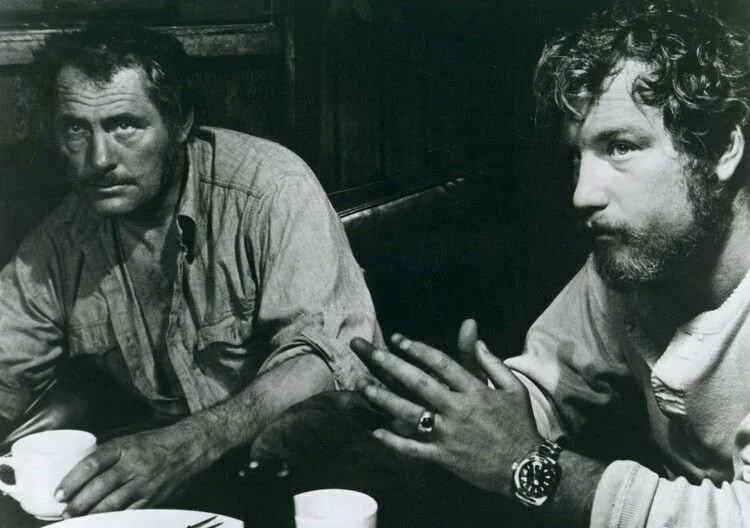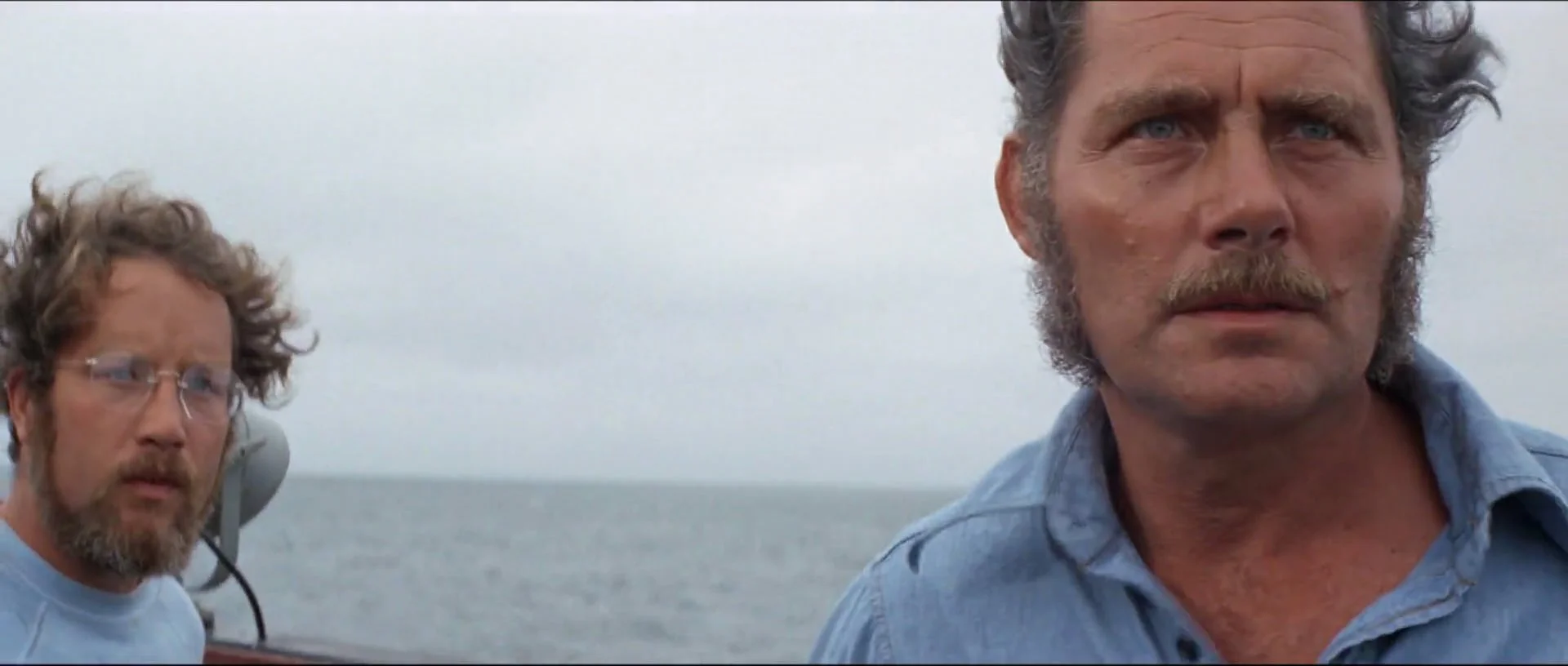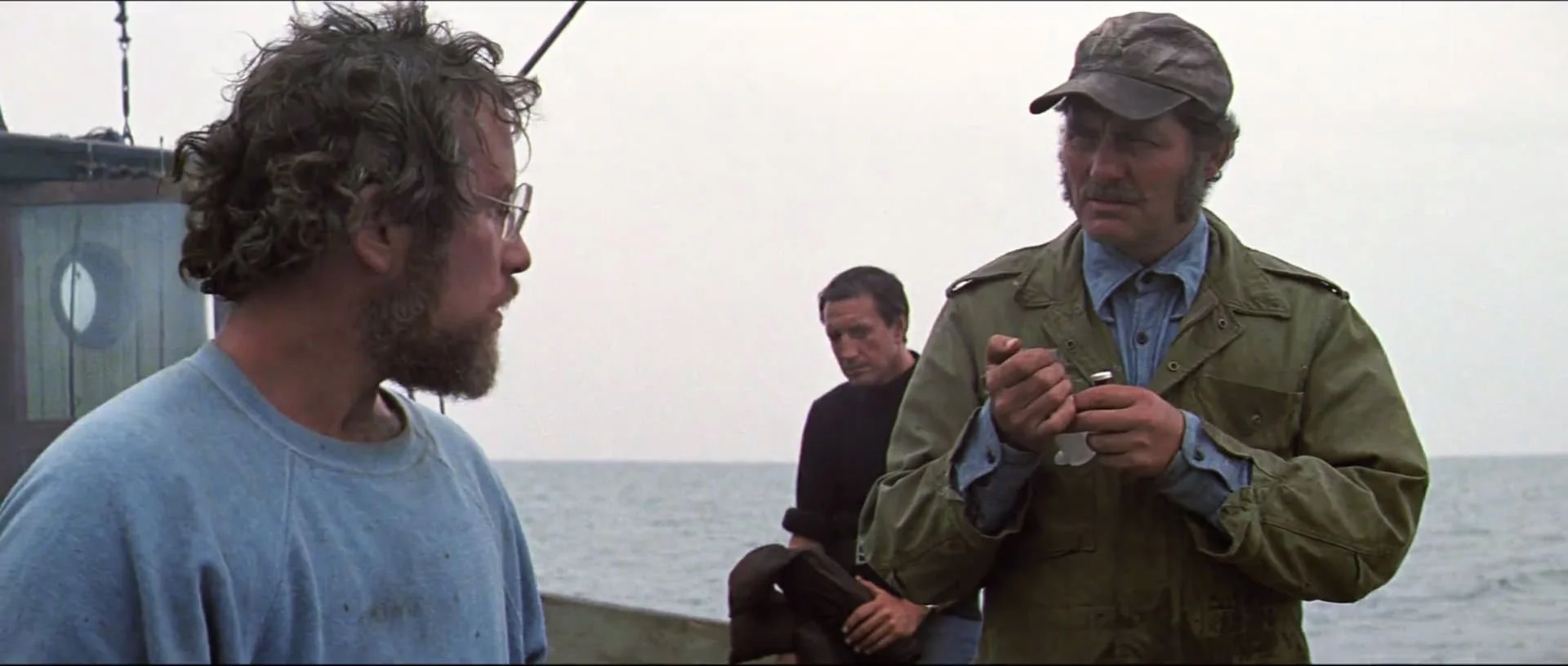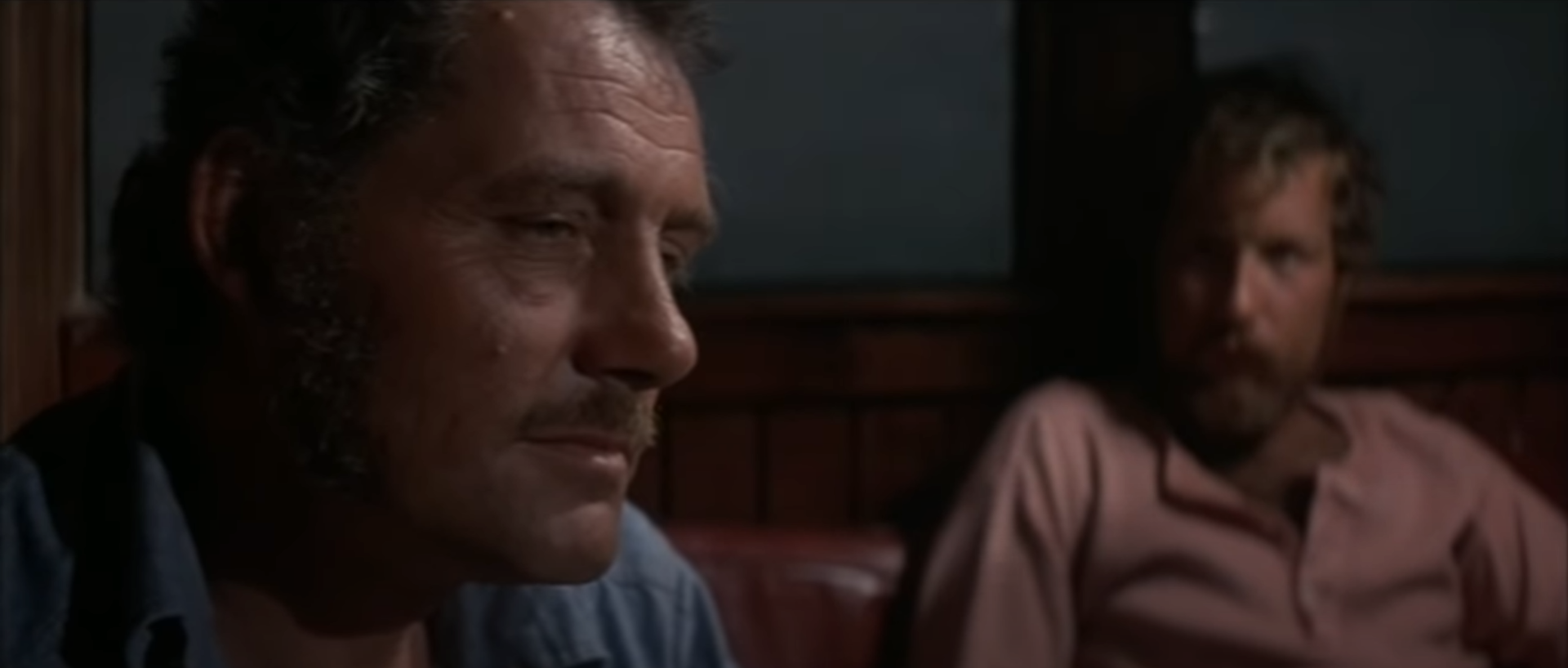How feud between Robert Shaw and Richard Dreyfuss nearly sunk "Jaws"
The production of Steven Spielberg's iconic film "Jaws" in 1975 is often remembered as a groundbreaking moment in cinema history. However, behind the scenes, a tumultuous and widely reported feud emerged between two of the film's leading actors, Robert Shaw and Richard Dreyfuss. This clash of personalities added an extra layer of tension to the already challenging process of filming a groundbreaking blockbuster.
"Jaws," based on Peter Benchley's novel, follows the story of a small coastal town terrorized by a great white shark. The film's success would hinge on the chemistry and performances of its cast. Shaw, an accomplished and seasoned actor, portrayed the grizzled and charismatic shark hunter Quint, while Dreyfuss, a young and rising star, played the enthusiastic marine biologist Matt Hooper.
The conflict between Shaw and Dreyfuss was rooted in their disparate approaches to acting. Shaw, a classically trained stage actor, believed in a traditional and intense method, immersing himself deeply into his characters. In contrast, Dreyfuss embraced the Stanislavski method, which emphasized emotional truth and psychological realism.
Robert Shaw's dedication to his craft was undeniable. He had a reputation for being a consummate professional, but his intensity and commitment sometimes came across as abrasive. He immersed himself in the character of Quint, drawing on his own experiences and bringing a raw authenticity to the role. However, this method also meant that Shaw occasionally clashed with those who did not share his approach.
Richard Dreyfuss, a method actor in his own right, approached his role with a different mindset. His focus on the emotional truth of his characters led him to explore the psychology of Matt Hooper in a more cerebral manner. Dreyfuss, though younger and less experienced than Shaw, was determined to prove himself as a serious actor, and this dedication occasionally clashed with Shaw's more traditional and assertive style.
As the filming progressed, the on-set tensions between Shaw and Dreyfuss became increasingly palpable. The clash of their acting methods spilled over into personal conflicts, with each actor questioning the other's professionalism and commitment to the project. Spielberg, caught in the middle of the escalating feud, had to find a delicate balance to maintain the cohesiveness of the film.
The Legendary Indianapolis Monologue: One of the most memorable scenes in "Jaws" is Quint's haunting monologue about the sinking of the USS Indianapolis. This scene, considered a masterpiece of storytelling, was a point of contention between Shaw and Dreyfuss. Shaw, a gifted orator, resented Dreyfuss's attempts to influence the delivery of the monologue, causing a particularly heated exchange on set.
Despite the intense clashes between Shaw and Dreyfuss, both actors delivered outstanding performances that contributed significantly to the success of "Jaws." The tension, however, lingered beyond the film's completion, and the animosity between the two actors remained a part of Hollywood lore.
The feud between Robert Shaw and Richard Dreyfuss during the making of "Jaws" is a fascinating chapter in the history of cinema. It serves as a reminder that, even in the pursuit of artistic excellence, clashes of personalities and acting methodologies can shape the dynamics on a film set. Ultimately, the enduring legacy of "Jaws" lies not only in its groundbreaking storytelling but also in the remarkable performances that emerged from the tumultuous collaboration between these two talented actors.
If you would like to write for The Daily Jaws, please visit our ‘work with us’ page
For all the latest Jaws, shark and shark movie news, follow The Daily Jaws on Instagram, Twitter and Facebook.





